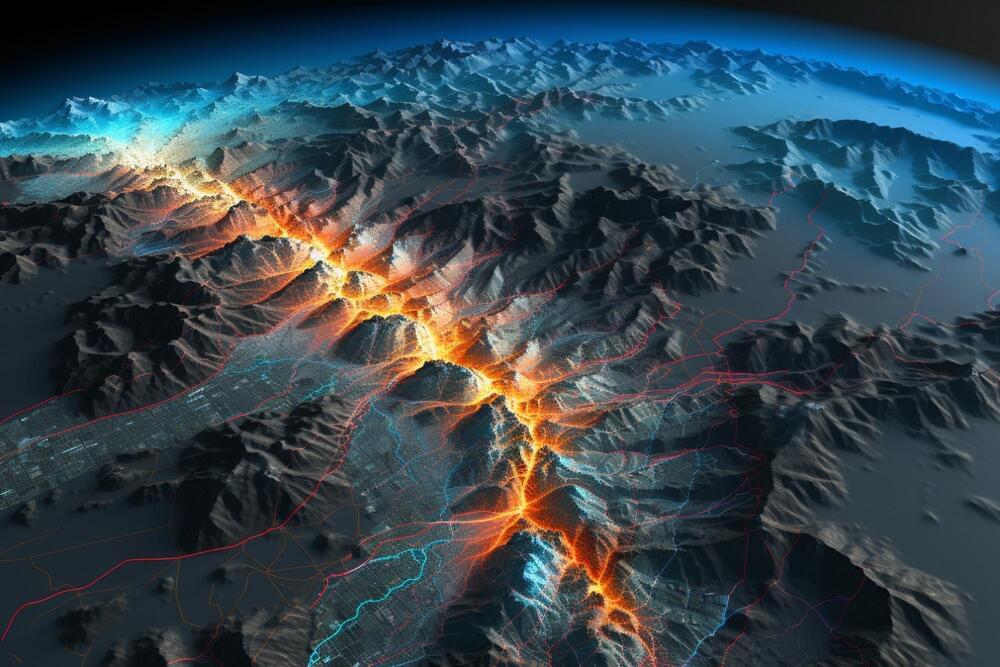Large-scale earthquakes and tsunamis have historically affected the western regions of the U.S. and Canada and are likely to do so in the future.
Off the southern coasts of British Columbia, Washington, Oregon, and northern California, a 600-mile-long strip exists where the Pacific Ocean floor gradually subducts eastward beneath North America.
This area, called the Cascadia Subduction Zone, hosts a megathrust fault, a place where tectonic plates move against each other in a highly dangerous way. The plates can periodically lock up and build stress over wide areas―eventually to be released when they finally lurch against each other.

Subduction? Nah. The earth’s crust is expanding and contracting all the time! The mid Atlantic ridge experiences mild earthquakes all the time as it expands and contracts. In fact, the volcanic activity in Iceland is the result of the long fissure opening up that is part of it.
Governments and communities in both the United States and Canada are developing early warning systems, such as ShakeAlert in California, Oregon, and Washington.